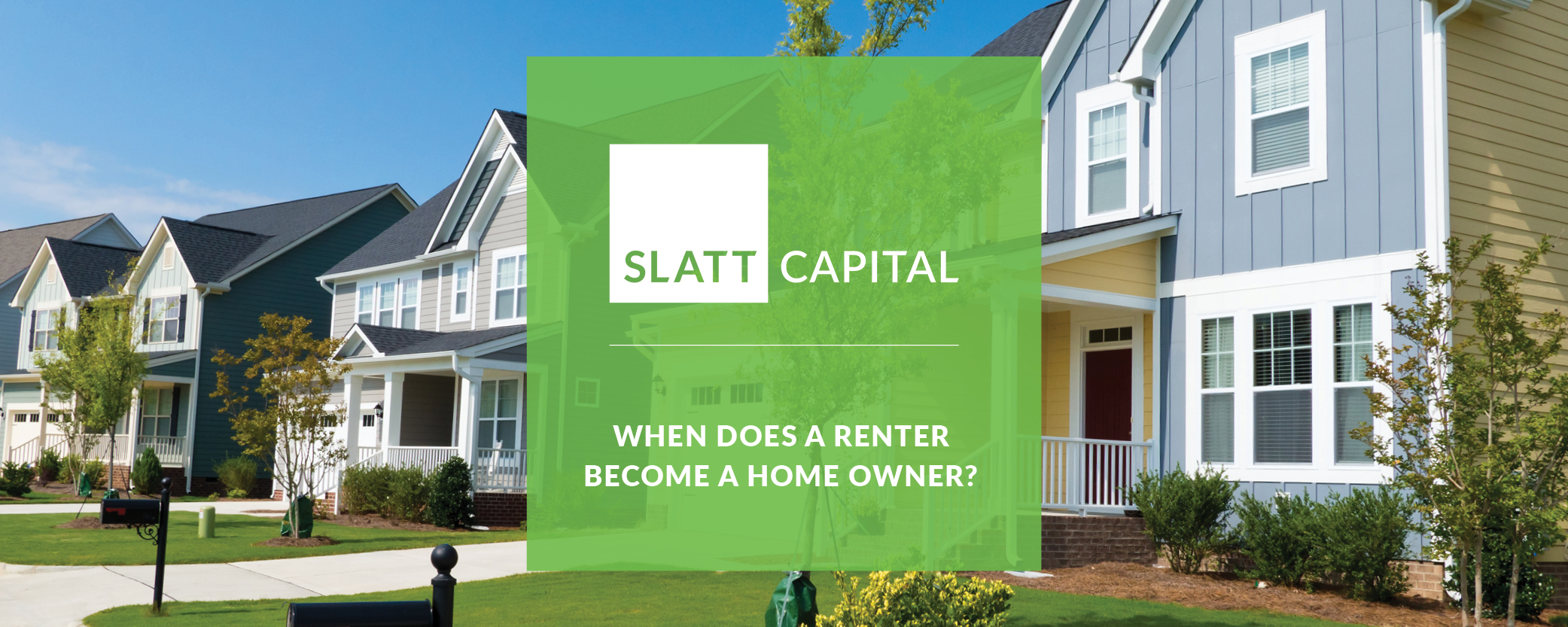
When Does a Renter Become a Homeowner? Perspective from a Texas to California Transplant
According to a Freddie Mac study released earlier this year, states in the South and West grew seven times faster than states in the Northeast and Midwest. Further to that study, 60% of the Metropolitan Statistical Areas (MSAs) are experiencing more growth in suburban areas than urban areas, some by as much as 2:1. With over 72 million millennials in the US, we – as I am one of them – are the largest segment of the population. In another report, Freddie Mac goes on to mention a few more statistics regarding millennials (those who currently fall between 25 and 40 years of age):
- 33% have student loan debt
- 15% have $10,000 saved for a down payment for a house
- 63% have nothing set aside for a home purchase
In a separate Pew Research Report, another statistic of the millennial generation is 59% lean democratic while 32% lean republican. The same research report goes on to mention that 84% of African Americans and 63% of Hispanics identify as democrats. One thing is for sure, politicians typically play to their base.
The current $3.5 trillion “Social Infrastructure Bill,” currently being debated by the Democrats in Washington, reportedly has set aside $332 billion for affordable housing. While most of that money hasn’t been specifically allocated yet, the one exception is the program that Joe Biden campaigned explicitly on, the Downpayment Toward Equity Act of 2021. While the details are still being worked out, some of the main points are as follows:
- $15,000 for a first-time homebuyer, with income below 160% of Average Median Income (AMI), and buying a house below 110% of Area Median Purchase Price
- $20,000 if neither you nor your parents owned a home
- An additional $5,000 if you identify with a disadvantaged social or economic group
Let’s look at this in practice in one of the hottest markets for investing right now in the United States, Collin County, TX. Collin County is part of the Dallas-Fort Worth (DFW) Metropolitan Statistical Area (MSA) and home to cities such as Frisco, Plano, and McKinney. It is the fastest-growing county in TX, and since the 2010 census, it has grown over 36%, making it one of the fastest-growing counties in the US. The average age is 37 years old, the AMI is $96,000/year, and your median listing home price is $450,000.
160% of AMI = A couple making less than $153,000 year
+
110% of AMPP = A house under $495,000 in Collin County would qualify
=
Minimum of $15,000 in free money to buy a home
Bringing everything together, if you were to log onto most home loan or lending websites (I prefer bankrate.com), and input a $15k down payment, a zip code in Collin County (e.g. 75035), and a purchase price of $495,000, you get a number of conforming 30-year fixed-rate mortgage options in the 2s, and monthly payments at or less than $2,000/mo. And we are talking about 3-4 bedroom homes built in the last 20 years.
According to the 2020 census, 6 of the top 15 largest growing counties are in Texas, 4 of the top 15 in Florida, and the other five are distributed across AZ, ID, VA, SC, and CO. If I were a betting man, which I am, I would wager a large amount on those counties having at least two things in common with Collin County: the average home purchase price is at our below 110% of Average Median Purchase Price (AMPP), and 160% AMI is well above $100,000 per year.
In conclusion, as both an investor in multifamily properties as well as a banker who has done over 400 multi-family loans, I have spent a great deal of time researching when a renter becomes a homeowner and have consistently come back to the idea that each market has a ceiling. I rented for 12 years after college in NYC (Manhattan specifically), and to borrow a term from gambling vernacular, the over/under would be about $400-500K a year by which I would guess a renter considers becoming a buyer. When I moved to Dallas in 2018, I was a buyer – because the ceiling was a lot lower, and I was well above it per my analysis. Much to do has been made about student loans holding back millennials from being homeowners and needing to forgive them. Well, Joe Biden just came up with a great workaround.
My advice for MF investors like myself — understand the ratio of AMI, absolute rent you are charging, and the monthly payment for a 30-year home loan. When the Democrats figure this bill out, it will be a lot easier for 63% of 72 million Americans with no savings for a home, to buy a home.
John Darrow
Senior Vice President
D: 949.335.7821
john.darrow@slatt.com
